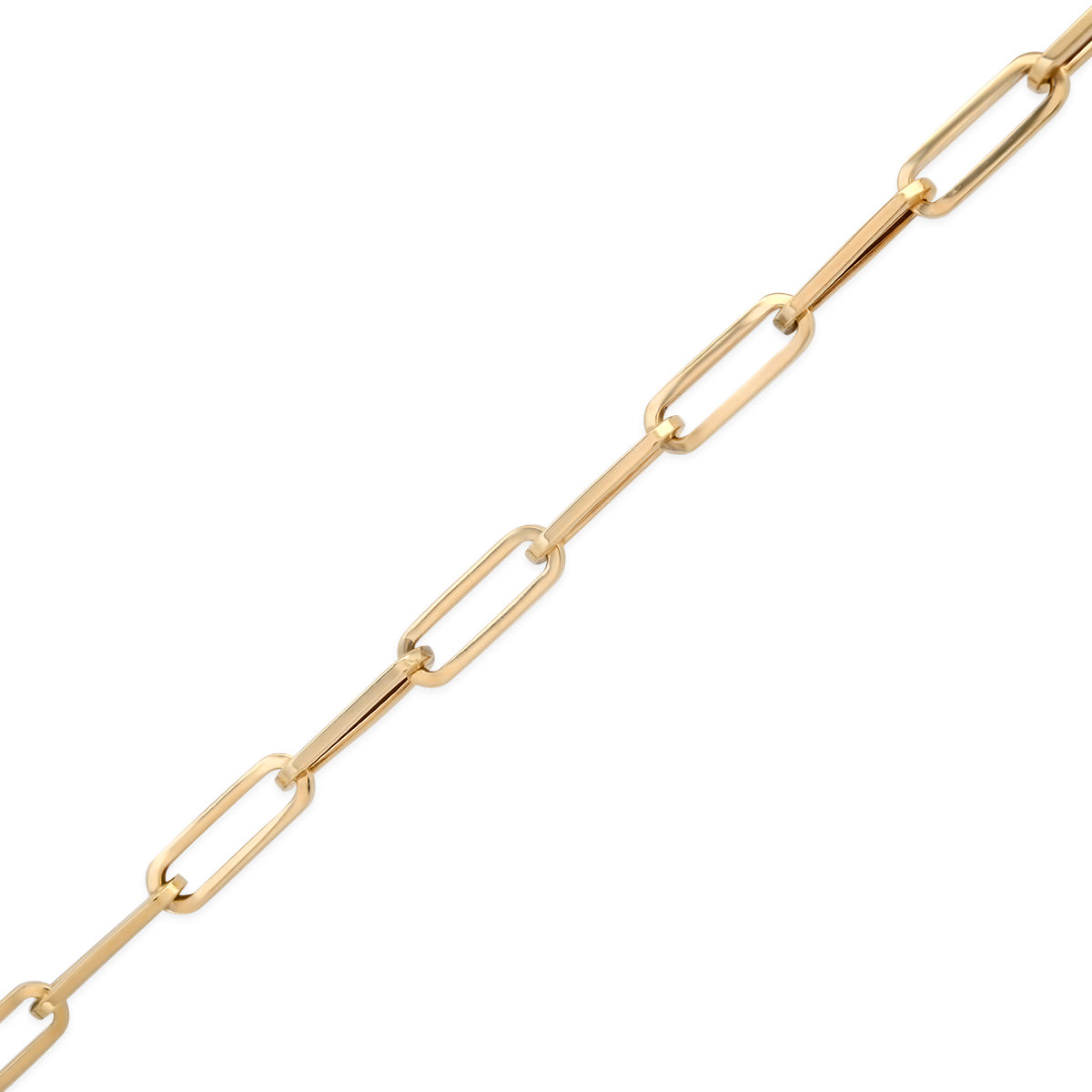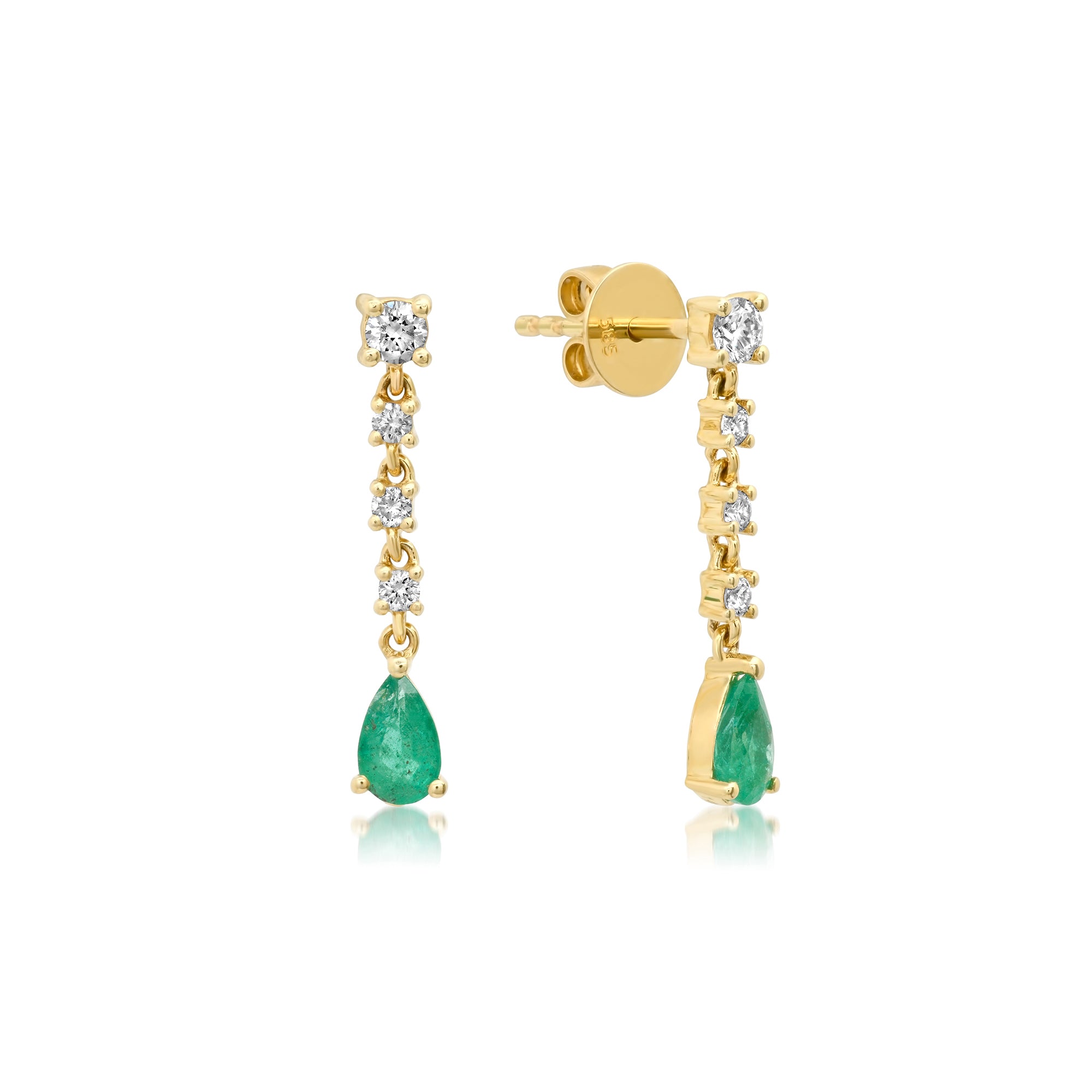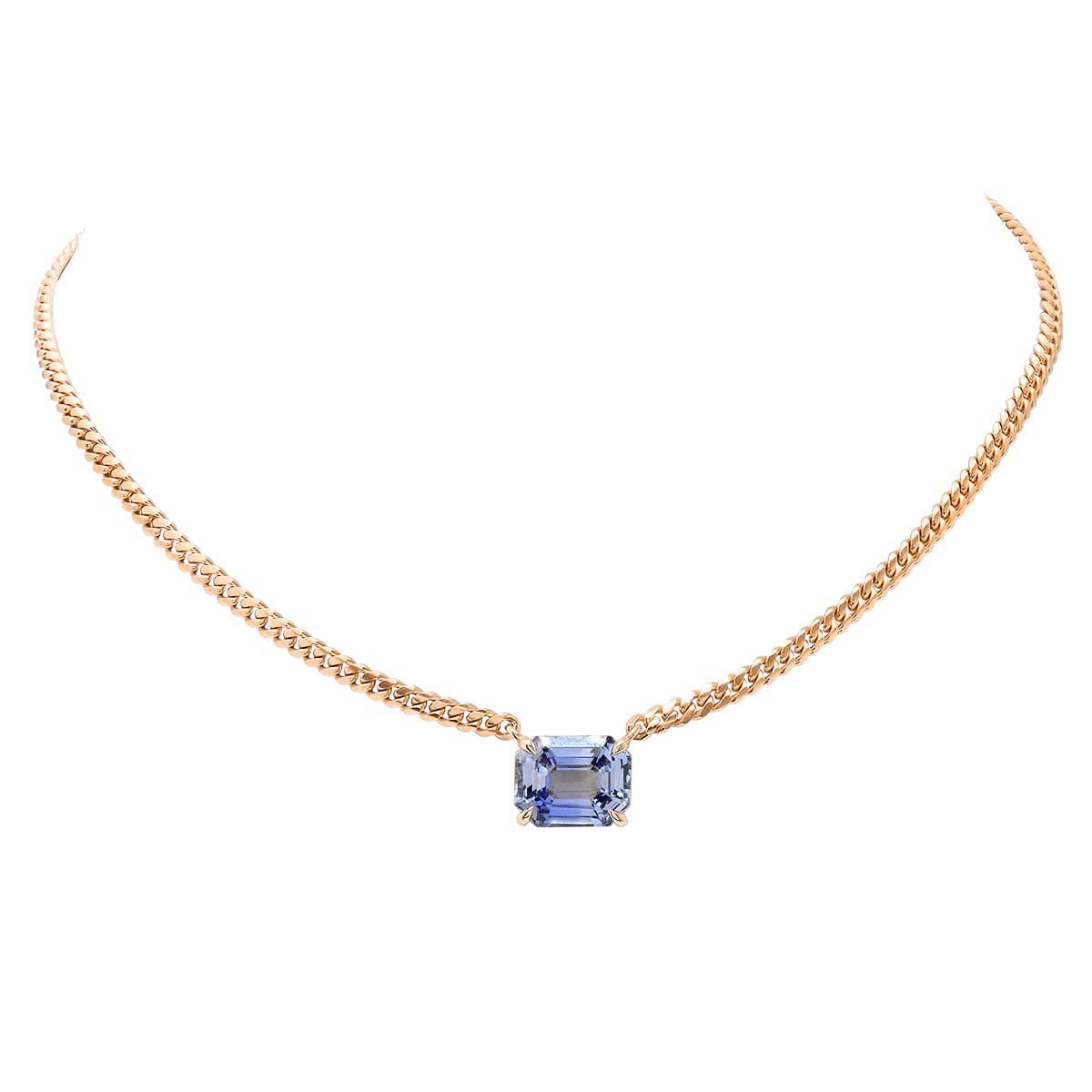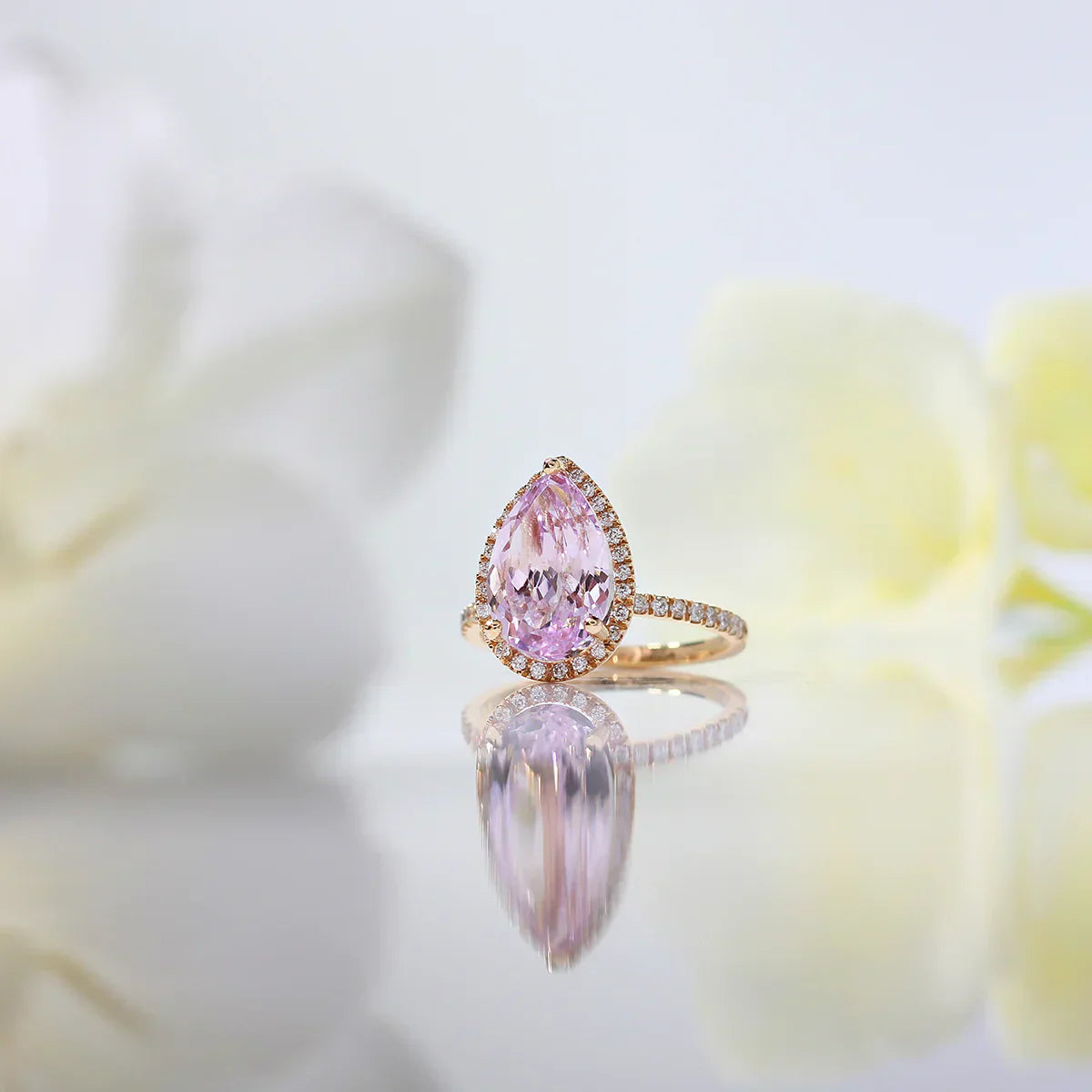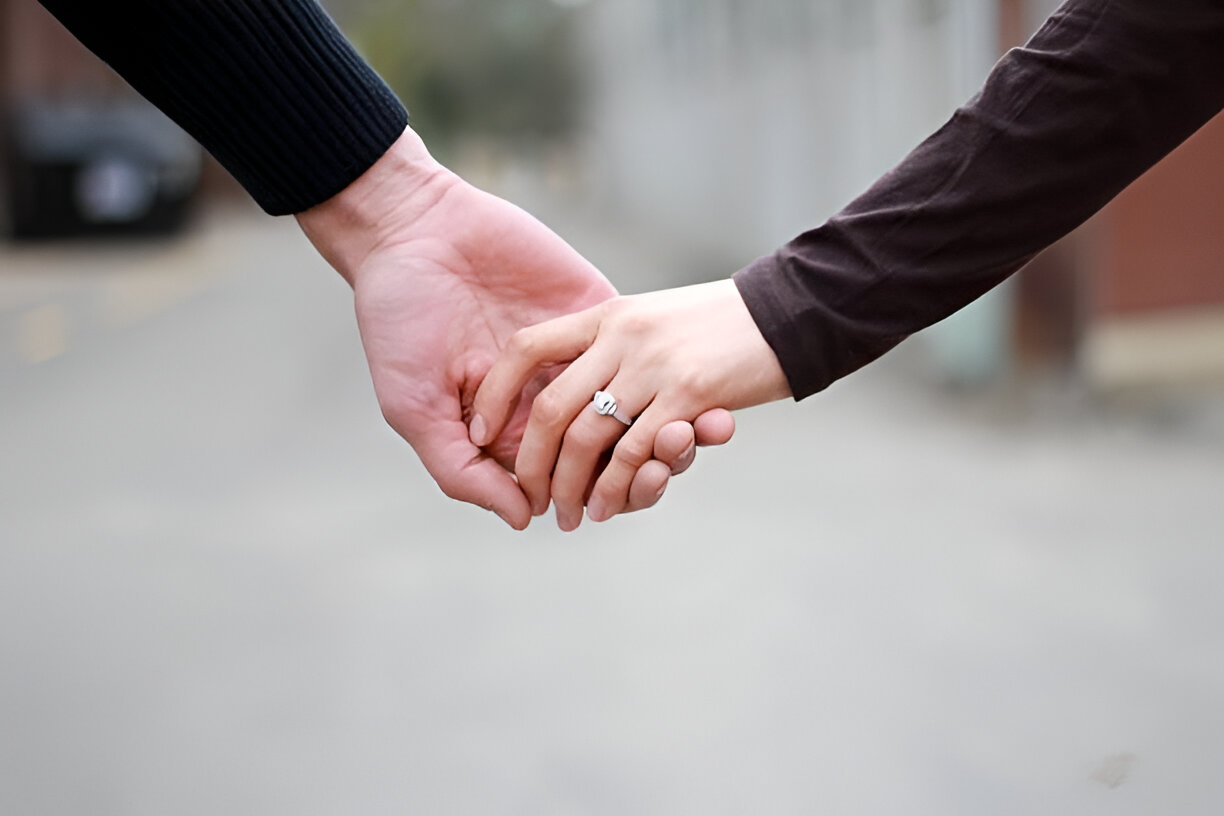Do’s and Don’ts of Jewelry Cleaning: Keep Your Pieces Sparkling.
Jewelry is more than adornment — it's an investment and often a symbol of meaningful milestones. From engagement rings to heirloom necklaces, maintaining your jewelry properly ensures both its beauty and longevity. Yet, many people unknowingly damage their precious pieces through improper cleaning techniques or careless storage.
This in-depth guide explores the essential do’s and don’ts of jewelry maintenance — with practical, safe, and professional insights into how to clean, protect, and store your jewelry the right way.
The Do’s of Jewelry Cleaning
1. Do Clean Your Jewelry Regularly
Like any well-loved item, your jewelry accumulates dirt, skin oils, lotion, and debris from everyday life. Over time, this buildup can cause dullness, discoloration, and even long-term damage to settings and stones.
How often should you clean your jewelry?
For pieces worn daily—like wedding bands, diamond studs, or necklaces—cleaning them once a week is ideal. Jewelry worn occasionally should be cleaned after use and before storing it again. Consistent cleaning reduces buildup and helps maintain natural luster.
2. Do Use the Right Method for the Right Material
Each metal and gemstone has its own characteristics — and therefore, its own care needs.
-
Gold : Use a mild dish soap mixed with warm water and a lint-free cloth or soft brush. Avoid abrasive pads that can scratch.
-
Diamonds: These durable stones benefit from steam cleaning or a gentle scrub with a toothbrush and soapy water. Make sure to rinse thoroughly.
-
Delicate Gemstones (Opals, Pearls, Emeralds): These should never be exposed to ultrasonic cleaners or harsh chemicals. Simply wipe with a damp cloth and dry gently.
Steam cleaning jewelry is one of the safest and most effective ways to bring back its brilliance, especially for diamonds. However, avoid it for heat-sensitive stones or glued settings.
3. Do Store Your Jewelry Correctly
Storing your jewelry properly is crucial in preventing scratches, oxidation, or tangling.
-
Use a lined jewelry box with compartments to keep pieces separate.
-
Wrap delicate items in anti-tarnish paper or microfiber cloths.
Proper storage helps preserve both the appearance and structural integrity of your jewelry — especially chains, clasps, and prong settings.
4. Do Use Gem Cloths and Polishing Pads
Jewelry polishing cloths (sometimes called gem cloths) are specially designed to remove light tarnish, fingerprints, and oils. They’re especially useful for maintaining gold jewelry without using any chemicals. Keep one handy in your bag or vanity for a quick refresh before a night out or important event.
5. Do Schedule Professional Cleanings
Even if you follow a regular at-home routine, it’s a good idea to bring your jewelry in for a professional cleaning and inspection at least once a year. A jeweler can spot loose prongs, worn links, or invisible hairline cracks that could result in future damage or loss.
Professional jewelers use ultrasonic baths, steam cleaners, and specialized polishing tools that aren’t available at home — giving your jewelry a true reset.
The Don’ts of Jewelry Cleaning
1. Don’t Use Harsh Household Cleaners
One of the most common mistakes people make is using cleaning products like bleach, ammonia, or toothpaste. These substances are highly abrasive and can corrode metal or scratch stones.
To clean your jewelry safely, use only mild dish soap diluted in warm water, or products specifically labeled for jewelry cleaning.
2. Don’t Clean Jewelry Over an Open Drain
It may seem convenient to rinse your ring under the faucet, but it’s risky. A slippery ring can easily fall down the drain or hit the sink basin and chip. Instead, use a bowl or a sink with a drain guard in place.
3. Don’t Wear Jewelry in Pools, Spas, or the Shower
Chlorine and saltwater can weaken metal alloys and dull gemstone finishes. Additionally, soap and shampoo create residue that clings to surfaces and diminishes shine.
Always remove your jewelry before swimming, bathing, or applying personal care products like lotions, perfumes, or hairsprays.
4. Don’t Use the Same Cleaner for All Jewelry Types
Cleaning diamonds is not the same as cleaning pearls. Ultrasonic machines, for instance, work well for diamonds and sapphires but can destroy softer or porous gemstones like turquoise and opal.
If you're unsure whether a piece is safe for a certain method, err on the side of caution — or speak to a jeweler before proceeding.
5. Don’t Toss Jewelry into a Drawer or Bag
Tossing your jewelry into a purse or drawer may seem harmless, but it’s a fast way to cause scratches and tangle chains. Friction between metals and gems can wear down surfaces, while clasping mechanisms can be bent or broken.
Always store jewelry separately using pouches, dividers, or specialized holders.
Pro-Level Maintenance Tips
-
Inspect jewelry monthly for signs of wear like loose stones, bent prongs, or broken links.
-
Use dedicated storage solutions to prevent pieces from rubbing together.
-
Consider insurance for high-value items and keep digital copies of receipts and appraisals.
-
Keep humidity low in your storage area to avoid tarnishing.
-
Limit sunlight exposure for colored gemstones, as prolonged UV light can fade or damage some stones.
Final Thoughts
Your jewelry deserves the same care and attention you give to your wardrobe or skincare routine. Learning how to clean jewelry properly, choosing the right tools, and avoiding common mistakes can protect your pieces for generations.
From gentle at-home routines using polishing cloths to professional jewelry cleaning, every step matters in preserving your collection's value and meaning.
At Christine K Jewelry, we believe in helping you not only find pieces that speak to your story — but also empowering you to care for them with confidence.


